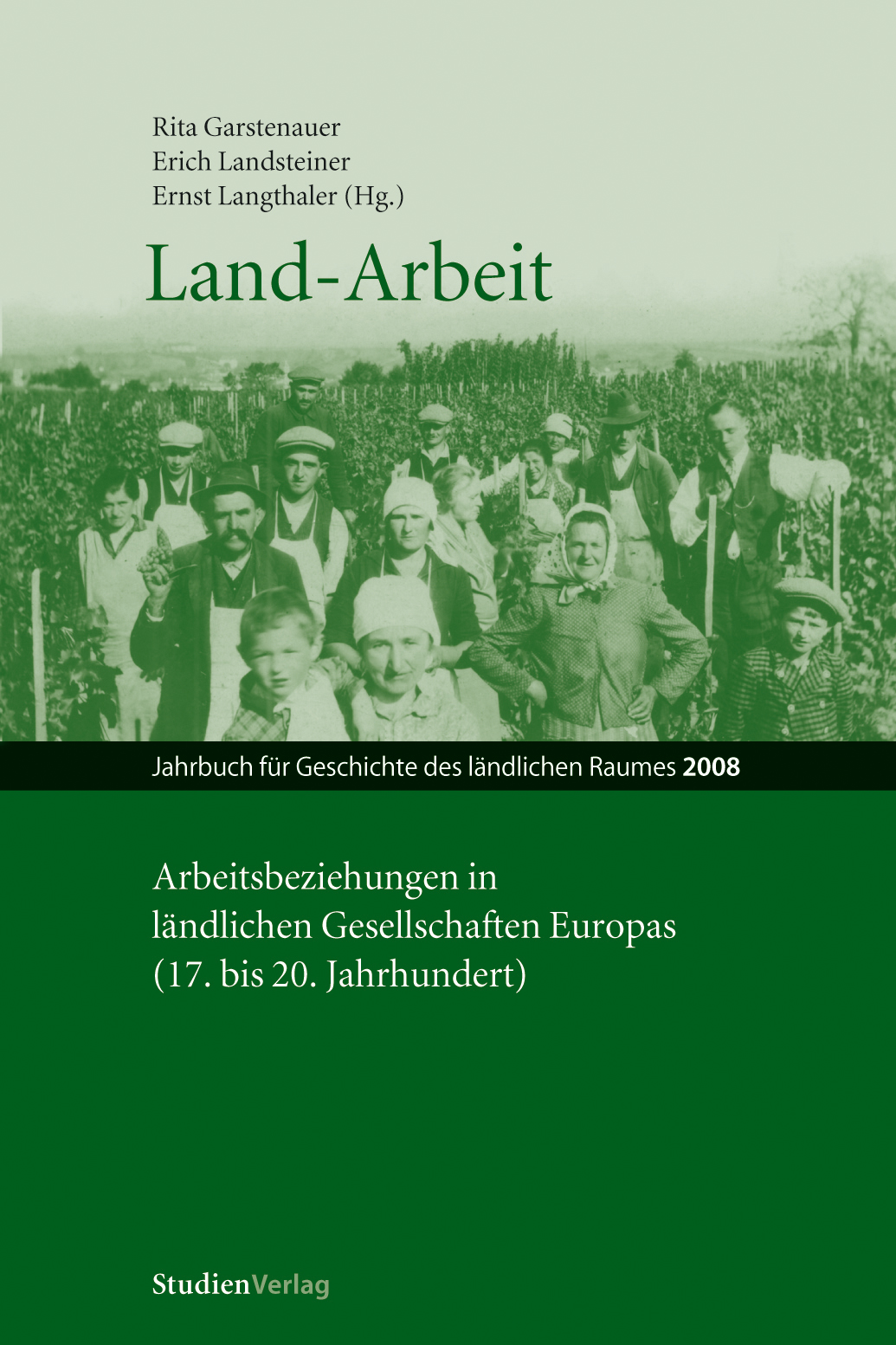„Cultivierung des wüsten Landes“
Die Habsburger Akkulturationspolitik im Banat und die Beharrungskräfte der naturalen Ökonomie (1718–1778)
DOI:
https://doi.org/10.25365/rhy-2008-3Abstract
After being reconquered from the Ottoman rule in the 18th century, the Banat became the centre of military measures directed to secure the south-eastern border of the Habsburg Empire. In order to achieve this and to incorporate the Banat into the Empire politically, the Habsburg administration strived to strengthen the region’s economic and especially agricultural state. Economic policy, dominated by cameralistics, was based on two pillars: the colonisation of the region on the one hand, and an improvement of the ecological conditions for agricultural pro- duction on the other hand. In this essay, I understand these measures as two complementary processes: the cultivation of the land and the acculturation of peasants. The measures of melioration were designed to gain new arable land, to drain the swamps and to enhance the micro-climate. The settlement policy, the material endowment of peasants, the knowledge transfer as well as the introduction of agricultural technologies corresponded to the rational pattern more geometrico of the late baroque period. The Banat thus became an experimental ground for the Empire’s economy. This was possible because the central administration in Vienna had direct access to the region, in excess of the common social boundaries, and also because the Habsburg rulers had declared the Banat a tabula rasa, that is, deserted, with the presence of the indigenous population being ignored. Their nomadic livestock farming was considered inferior. However, in the politically and militarily instable 18th century, this ‘pre-modern’ way of natural economy turned out to be more enduring than the new, rational concepts, due to its elaborate and flexible adjustment to the given environmental conditions.


